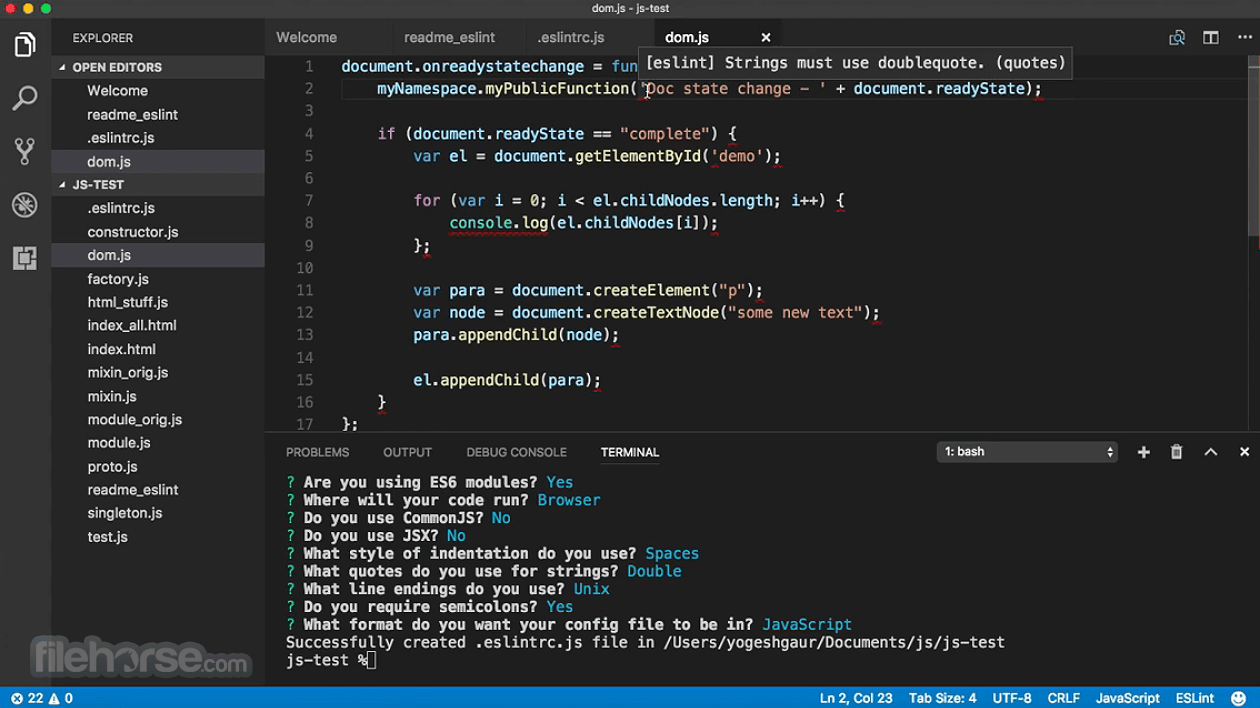Make your journey to modern management even easier with partner solutions that complement Microsoft Managed Desktop: Certified modern devices End-user support Line-of-business (LOB) app management Customer readiness Deployment support Value-added services. Microsoft offers a device-based CAL (Device CAL) or a user-based CAL (User CAL) for purchase. In addition, an External Connector (EC) license is offered for some products as an optional alternative to address specific customer scenarios. For managing devices, Microsoft offers Server MLs for managing server operating system environments (OSEs). Cloud-based DaaS and VDI services are offered by a number of vendors including Microsoft through its Azure cloud platform. Microsoft Windows Virtual Desktop is offered as a free service to certain.
Microsoft’s Remote Desktop Services is a popular desktop virtualization product. RDS provides users with a Windows client desktop that is shared among other users on Windows Server and allows administrators to provide a Windows desktop experience for many users at once, using one or more servers and a Remote Desktop Protocol client.
As such, RDS is a valuable and widely available tool for operations continuity, empowering workers with the capabilities to function both in the office and away from it.
With two servers, administrators can set up an entire RDS implementation in only four steps.
1. Install RDS Base Roles
A typical RDS implementation has five roles: Remote Desktop Connection Broker, Remote Desktop Web Access, Remote Desktop Session Host, Remote Desktop Licensing and Remote Desktop Gateway.
Think of the RD Connection Broker, RD Web Access and the RD Session Host roles as base roles, which need to be installed on the primary RDS server.
Within the Add Roles and Features wizard, select Remote Desktop Services installation using the Quick Start option on Windows Server. The RDS wizard will then serve as a guide to installing all of these roles at once.
Microsoft Desktop Services

2. Install the Licensing Server
From within the Server Manager application, add a server to manage what will become a licensing server. Navigate to Remote Desktop Services and click on the green plus sign for RD Licensing. From there, add the other server on the Add RD Licensing Servers screen.
Once Windows installs the licensing server, a green plus sign should be visible above RD Licensing in the RDS Deployment Overview section.
3. Add RD Gateway Role
On the Remote Desktop Services screen, click on the green plus sign over RD Gateway, then select the destination server. When prompted, name the self-signed SSL certificate with a fully qualified domain and click Next to add the role.
4. Configure Deployment Properties
Once all roles are installed, navigate to the Remote Desktop Services screen, click on Tasks, then click on Edit Deployment Properties. On this screen, click on RD Licensing, choose Per User or Per Device settings depending on your agency’s needs and click OK. These settings will provide a basic RDS setup.
More On
Related Articles
-->The topics in this section provide solutions and scenario guides to help you troubleshoot and self-solve Remote Desktop Services-related issues. The topics are divided into subcategories. Browse the content or use the search feature to find relevant content.
Quickbooks Desktop Services
Remote Desktop Services sub categories
Microsoft Remote Desktop Services 2019
- Administration
- Application compatibility
- Authentication
- Certificate management
- Connecting to a session or desktop
- Load Balancing and Connection Broker
- Performance (audio and video) and RemoteFX
- Printing (includes redirection)
- RDWeb
- Redirection (not printer)
- Remote Desktop Services (Terminal Services) licensing
- Remote desktop sessions
- RemoteApp applications
- Virtual Desktop Infrastructure (VDI)
